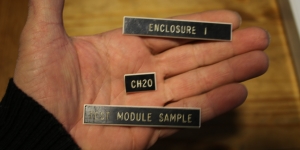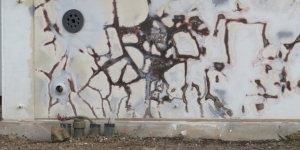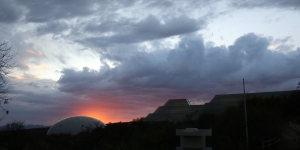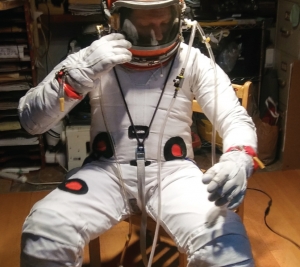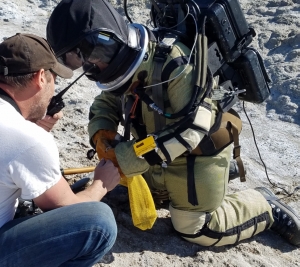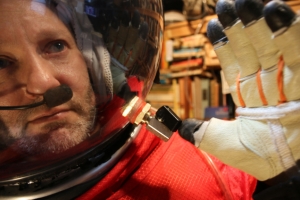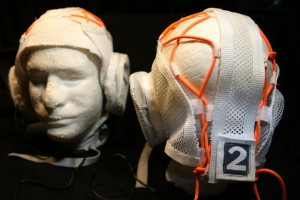HI-SEAS’ Michaela Musilova visits SAM
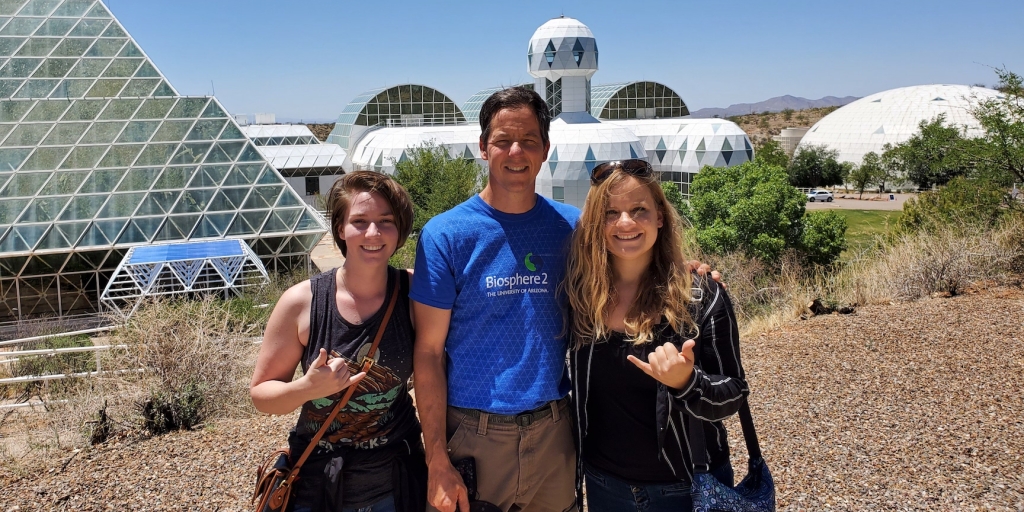
The Mars analog HI-SEAS director Dr. Michaela Musilova and her associate Zoe from Luke Air Force base visited SAM at Biosphere 2. It was my pleasure to be reunited with my former Mars Crew 134 crew member. Dr. Michaela Musilova is an astrobiologist with a focus on life in extreme environments. She earned her PhD at the University of Bristol (UK) and conducted research at University College London (UK), California Institute of Technology (USA), Chiba University (Japan) and others. She is a graduate from the International Space University (ISU)’s Space Studies Program.
Michaela has been serving as the HI-SEAS director on the Big Island of Hawaii for three years, working to upgrade the facilities and provide high quality team experiences.


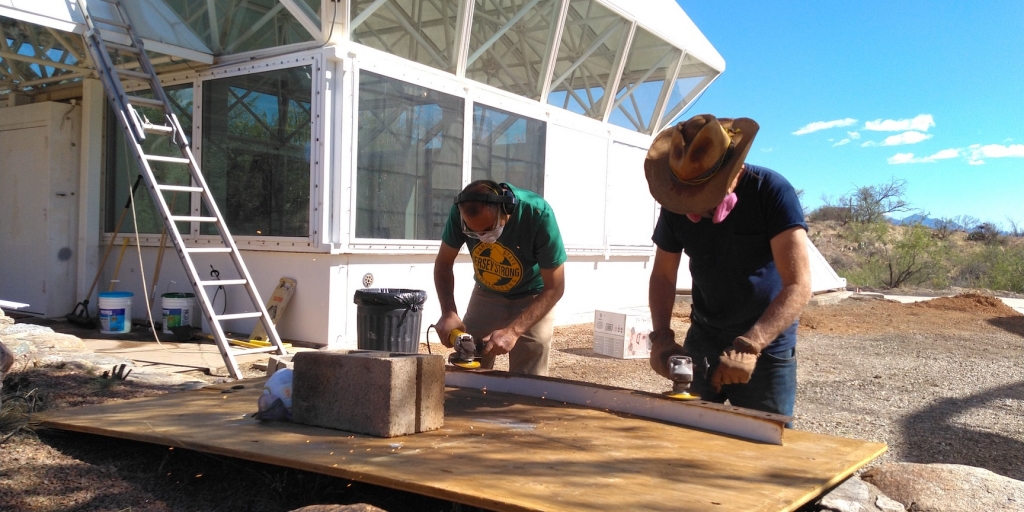
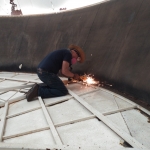
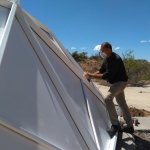
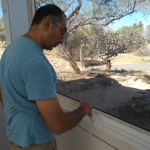
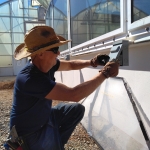
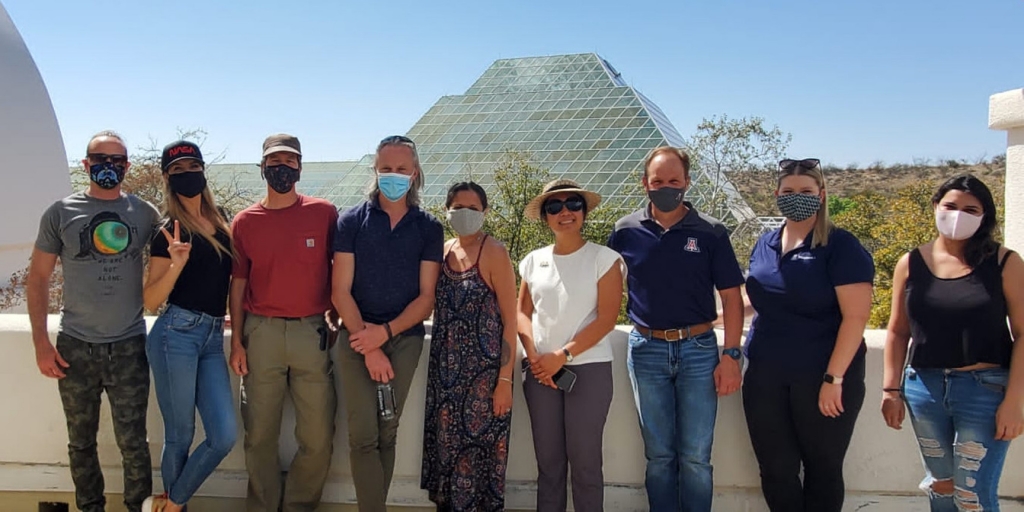
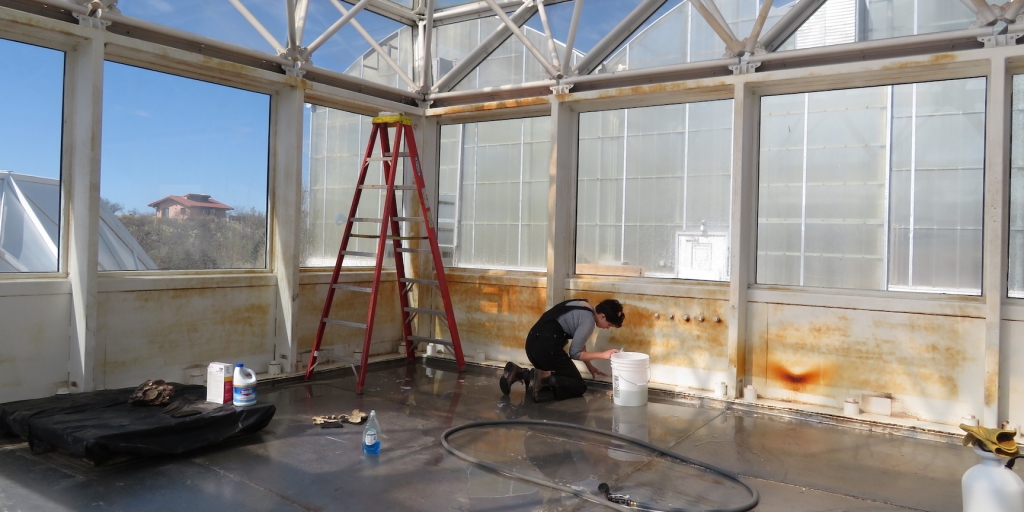
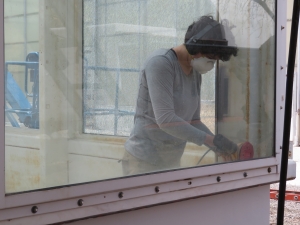
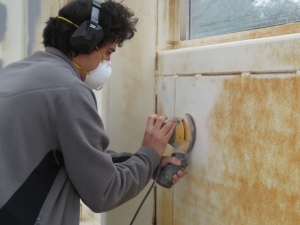
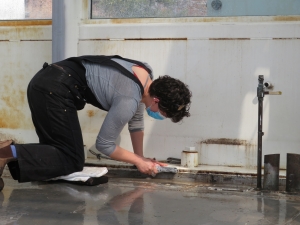
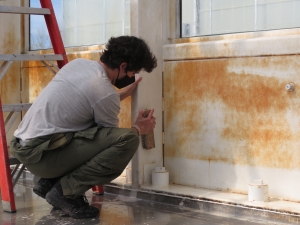
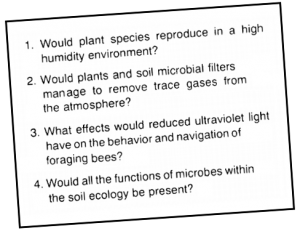 These purposes were presented in Biological Life Support Technologies: Commercial Opportunities, NASA
These purposes were presented in Biological Life Support Technologies: Commercial Opportunities, NASA 